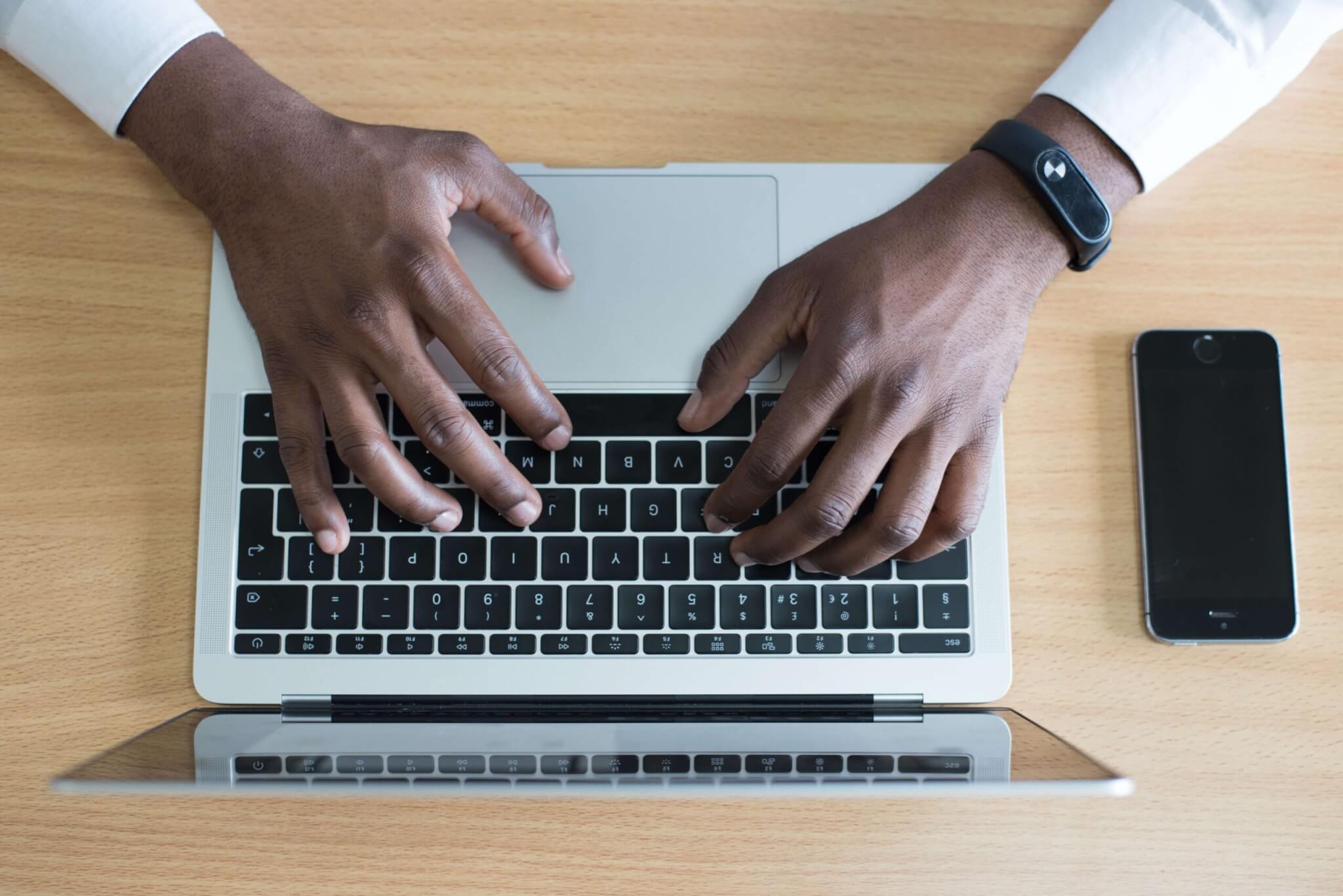83% of UK businesses that suffered a cyber attack in 2022 reported the attack type as phishing
While email remains a widely used form of communication, its security is not foolproof.
Email is a common target for phishing attacks and social engineering attempts. Malicious actors may try to trick users into revealing sensitive information, such as passwords or personal data. Staying vigilant and cautious about clicking on suspicious links or opening attachments is essential to avoid falling victim to such attacks.
By employing email encryption, using reputable service providers, enabling 2FA, and being cautious about phishing attempts, you can enhance the security of your email communications.
In this blog, we’ll guide you through the steps to encrypt your emails, providing you with the peace of mind that your messages are better protected.
- Opt for a reputable email service provider that offers robust security features. Popular platforms such as Gmail, Outlook, and ProtonMail are known for their encryption capabilities, making them a solid choice for privacy-conscious users.
- Find an email provider or plugin that supports end-to-end encryption. End-to-end encryption ensures that only the intended recipient can access the email’s contents, effectively preventing any unauthorised access or interception along the way.
- Take advantage of Transport Layer Security (TLS) encryption to protect the communication between your email client and the email server. This crucial step encrypts data during transit, shielding it from potential attackers attempting to intercept sensitive information.
- Certain email clients come equipped with built-in encryption features. For instance, you can use Thunderbird with Enigmail (using OpenPGP encryption) or Microsoft Outlook with the S/MIME protocol to bolster the security of your communications.
- Pretty Good Privacy (PGP) and GNU Privacy Guard (GPG) are widely regarded encryption methods for securing emails. By generating a public-private key pair, you can encrypt your messages with the recipient’s public key, ensuring only they can decrypt and read the contents.
- Safely Exchange Public Keys: To exchange encrypted emails, both you and your recipient must share your public keys. Ensure this exchange happens through a secure channel, such as in person or via an encrypted messaging service, to prevent unauthorised access to the keys.
- Verify the Recipient’s Identity: Ensuring that you are encrypting the email for the correct recipient prevents any mishaps in sending sensitive information to unintended parties.
- Employ Strong Passwords: Your private keys serve as the gateway to your encrypted communications. To enhance security, protect your private keys with strong, unique passwords that thwart any potential unauthorised access.
Encrypting your emails is a powerful way to protect your sensitive data to help maintain the confidentiality of your communications.



